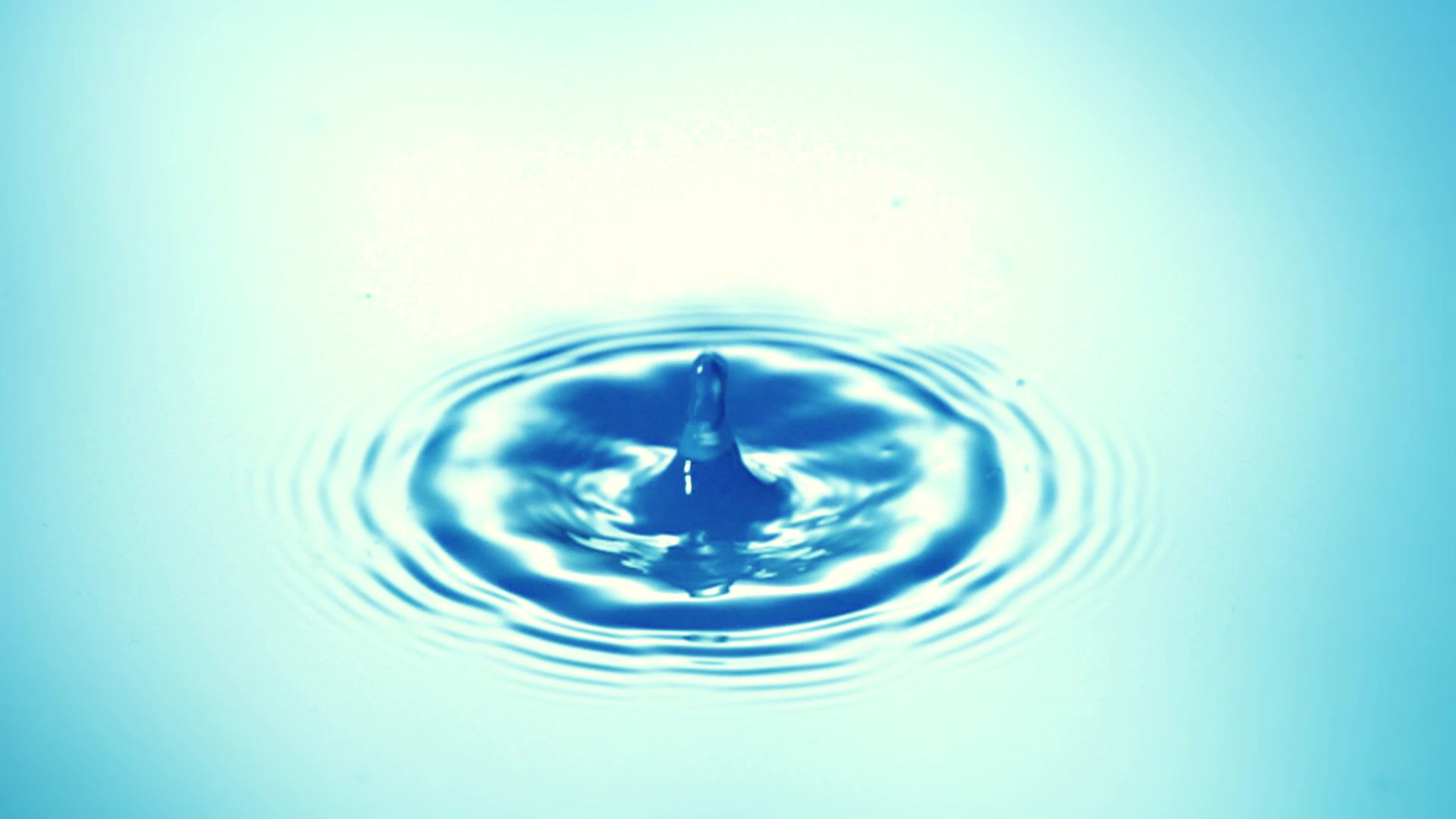Covid 19 and what we know
- Mia G.
- Apr 6, 2020
- 6 min read

Timeline of Events and History
What is the coronavirus?
Officially called SARS-CoV-2, is part of a large family of viruses named for the crown-like spikes on their surface. The virus causes an illness called "coronavirus disease 2019," or COVID-19.
Coronaviruses are common in many different species of animals, including camels, cattle, cats and bats, according to the U.S. Centers for Disease Control and Prevention. In rare instances, animal coronaviruses can infect people and then spread between people. At least two other coronaviruses have infected humans in the past: Middle East Respiratory Syndrome, or MERS, and severe acute respiratory syndrome, or SARS.
Known as severe acute respiratory syndrome aka coronavirus 2, actual name ( SARS-CoV-2) because of it's relation to the same virus outbreak back in 2003 - SARS-CoV-2 was dubbed covid 19 by the WHO to prevent confusion of the original SARS outbreak that impacted Asia more severely back in 2003. So its reference to Covid 19 was to prevent confusion.
Viruses, and the diseases they cause, often have different names. For example, HIV is the virus that causes AIDS. People often know the name of a disease, but not the name of the virus that causes it.
For that reason and others, WHO has begun referring to the virus as “the virus responsible for COVID-19” or “the COVID-19 virus” when communicating with the public. Neither of these names are intended as replacements for the official name of the virus SARS-CoV2.
How did the coronavirus start?
As with SARS and MERS, the new coronavirus has its origin in bats, and scientists suspect the virus was initially transmitted to another animal – an "intermediary host" – before it spread to humans. In the case of SARS, that host was a civet cat. For MERS, it was a camel.
Early reports of the new coronavirus emerged in December 2019 and have been linked to a market in Wuhan, China. Scientists suspect that an animal spread the virus to a person at that market, and that that person spread the virus to other people. The intermediate host may have been a domestic animal, a wild animal or a domesticated wild animal, according to the World Health Organization.
Where did SARS come from?
SARS (severe acute respiratory syndrome) originated in animals and made the leap from animal to human infection somewhere in the Guangdong province of China in late 2002. The condition was relatively contained for several months. During that time, the Chinese government failed to appropriately tackle the problem and the virus eventually spread elsewhere, leading to worldwide panic.
Research suggests that SARS infected animals for a long time before it mutated to infect humans. SARS originates in about a half dozen animal species, including pigs. Researchers speculate that SARS, as well as many other viruses, originated in China because of the large human and livestock populations, which live in close proximity to each other, allowing viruses to mutate and spread across species. When this occurs, animal-to-human and human-to-human virus transmission is possible.
The SARS virus was first formally identified as a new disease by the World Health Organization (WHO) in February 2003. At that time, a WHO physician diagnosed SARS in a businessman who traveled by plane from the Guangdong province in China to Hong Kong and Vietnam. Unfortunately, both the patient and the doctor later died from SARS-related complications. Due to international air travel and the highly infectious nature of SARS, the virus infected people worldwide in a matter of six weeks. It wasn't until June 2004, over a year later, that the SARS epidemic subsided.

Let's cover the Basics
What are symptoms of the coronavirus?
Symptoms can range from mild to severe, and some people don't have any symptoms at all. The most common symptoms resemble the flu and include fever, dry cough and shortness of breath, according to the CDC. The WHO adds tiredness to that list. Some people also develop aches and pains, nasal congestion, runny nose, sore throat or diarrhea, lost sense of smell and taste.
.About 1 in 6 people becomes seriously ill and develops difficulty breathing. Symptoms may appear anywhere between two to 14 days after exposure, with the average patient seeing onset at around five days, according to the CDC.
What do you do when symptoms occur?
If you have fever, cough and difficulty breathing, seek medical care early
Stay home if you feel unwell. If you have a fever, cough and difficulty breathing, seek medical attention and call in advance and follow the directions of your local health authority.
Why? National and local authorities will have the most up to date information on the situation in your area. Calling in advance will allow your health care provider to quickly direct you to the right health facility.
Self Check
New coronavirus may not show symptoms for several days (14-27 days) and Taiwanese experts say by the time he has a fever and / or a cough and goes to the hospital, the patient may have 50% fibrosis, and then it’s too late! There is self-monitoring that we can do every morning to self-check:
Deep Breath
Take a deep breath and hold your breath for more than 10 seconds. If you can do this successfully without coughing and without difficulty, without anxiety or chest tightness, it shows that you do not have fibrosis and generally indicate no infection. Check yourself every morning in a fresh air environment
Drink Water
Everyone should make sure the mouth and throat are always moist. Drink some water every 15 minutes. Even if the virus gets into your mouth, drinking water or other fluids will help wash it down the esophagus into the stomach. When the virus is in the stomach – the hydrochloric acid in your stomach will kill the germs. If you do not drink enough water regularly, the virus can enter the airways and into your lungs, which is very dangerous to get. Warm or hot water is best. Try tea, lemon, or cider for taste.
The CDC also recommends taking commonsense health precautions:
Thoroughly wash your hands often
Use a hand sanitizer that contains at least 60% alcohol
Avoid touching your eyes, nose and mouth
Clean and disinfect frequently touched surfaces daily
Covering your mouth and nose with your bent elbow or tissue when you cough or sneeze
Stay home if you're sick
What is NOT RECOMMENDED:
Hand dryers: Hot-air dryers by themselves do not kill the viru
Ultraviolet disinfection lamp: WHO discourages their use because of the potential for skin irritation.
Saline nose rinse: There is no evidence it fends off coronavirus infection, or any respiratory infection.
Spraying alcohol or chlorine on one’s body: This will not kill viruses that have entered the body, and it can harm mucous membranes. Alcohol (75 percent solution) and bleach- or chlorine-based disinfectants are appropriate for cleaning surfaces, if used according to instructions.
Garlic,Sesame oil, Herbal remedies on the body: No effect on coronavirus.
Smoking: No effect on coronavirus.
Vaccines: Flu or pneumonia vaccines have no effect on the coronavirus
Antibiotics: They work only against bacteria, not any virus
Masks: Wear a mask if you are coughing or sneezing. A healthy person needs to wear a mask only if taking care of a person with suspected coronavirus infection
Which mask is the correct mask?
The misconception of a surgical mask not working is because of its limited barrier around the face allowing small particles into your airway. The N95 respirator mask is the best mask to use. For you or a high risk individual to wear. It provides a protective barrier and enclosed around all sides and below the chin with a 5 layer particle filter. its filters 95% of airborne particles. More effective than a surgical mask. So yes, masks should be worn as much as possible to protect you from others or others from you since no now knows if they infected during the incubation period.
It's very important during this time to take preventative measure for ourselves and for those who are high risk: If you're over 65, have underlying diseases i.e., such as high cholesterol, diabetes or even prediabetes, lung disease like asthma or smoke, or a compromised immune systems i.e., cancer, HIV/AIDS, or people who've had an organ transplant - be careful!
How to stay mentally and physically active during lockdown?
KEEP AN EYE ON YOUR DIET with a healthy and balanced diet.
STAY CONNECTED Not only will staying connected with each other help us to keep on top of what is happening and help each other out, speaking to friends and family will keep us in good spirits; connection with other people helps to keep our mental health in a good place.
SET UP A ROUTINE. Having an everyday routine is really helpful when it comes to maintaining positive mental health.
EXERCISE. incorporate some form of physical activity, like walking, Exercise helps us to build up endorphins and maintain a healthy balance of neurotransmitters in our brain, which helps to keep us mentally healthy
Emergency relief sources:
for artists: musiccovidrelief.com
small businesses: spa.gov
all others: the government is providing a stimulus check, unitedway.org , and your local unemployment agency
FAQ's
Is it worse than the flu?
Short answer yes. It.is not a seasonal flew. It is a new virus appearing to be more deadly and spreading more quickly.


Can you get coronavirus twice?
It's unclear, according to the CDC. For many viruses, including the MERS virus, patients are unlikely to be re-infected shortly after they recover because a protective antibody is generated in those who are infected. But scientists still need to do more research to determine this
How many cases of the coronavirus are there worldwide?
Here's a breakdown of worldwide numbers, as of Wednesday:
More than 950,000 confirmed cases
More than 48,500 people have died
More than 202,000 people have recoveredis
China ends lockdown, sees recoveries
Italy has most coronavirus deaths worldwide
Is there a vaccine?
No, and it will be at least a year to 18 months before any vaccine is ready for large-scale use, according to most estimates.
The median time from symptom onset to recovery is about two weeks for mild cases
For patients with severe or critical disease, the median recovery time is three to six weeks
Among patients who have died, the time from symptom onset to death ranges from two to eight weeks








Comments